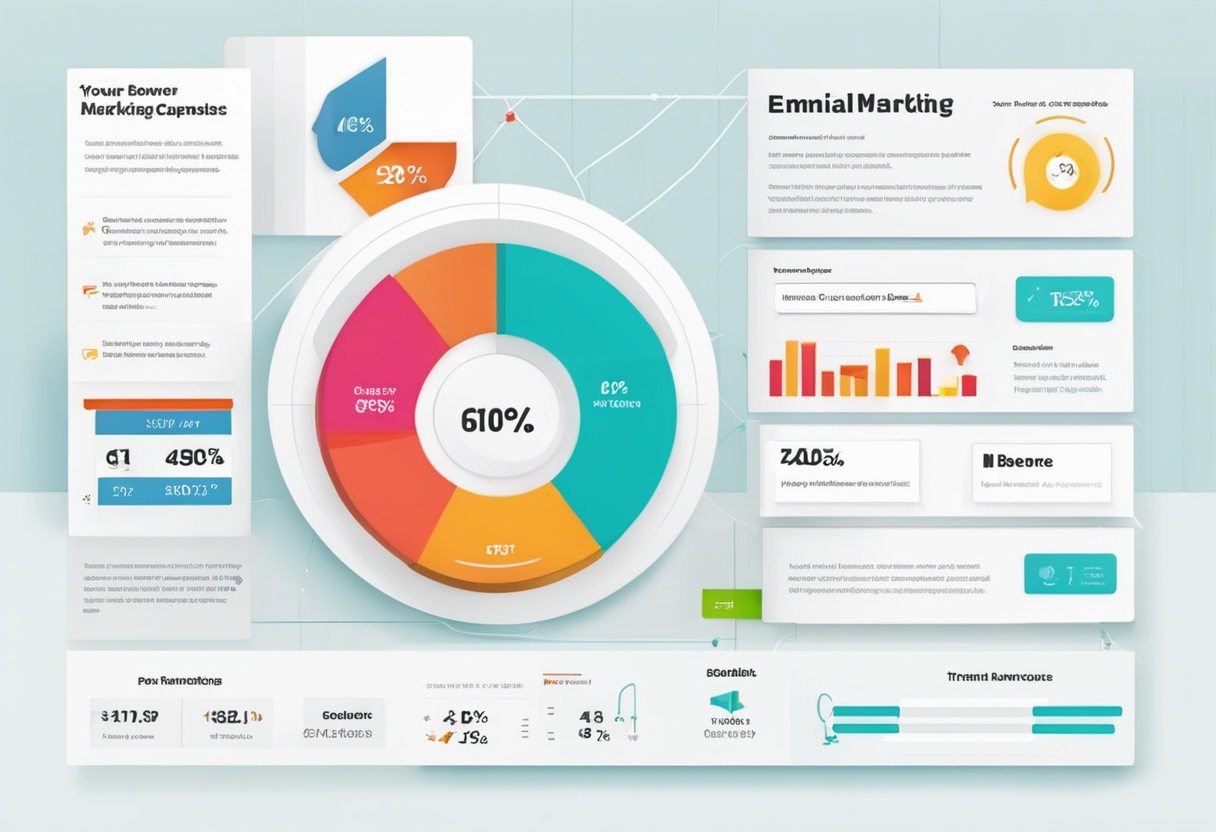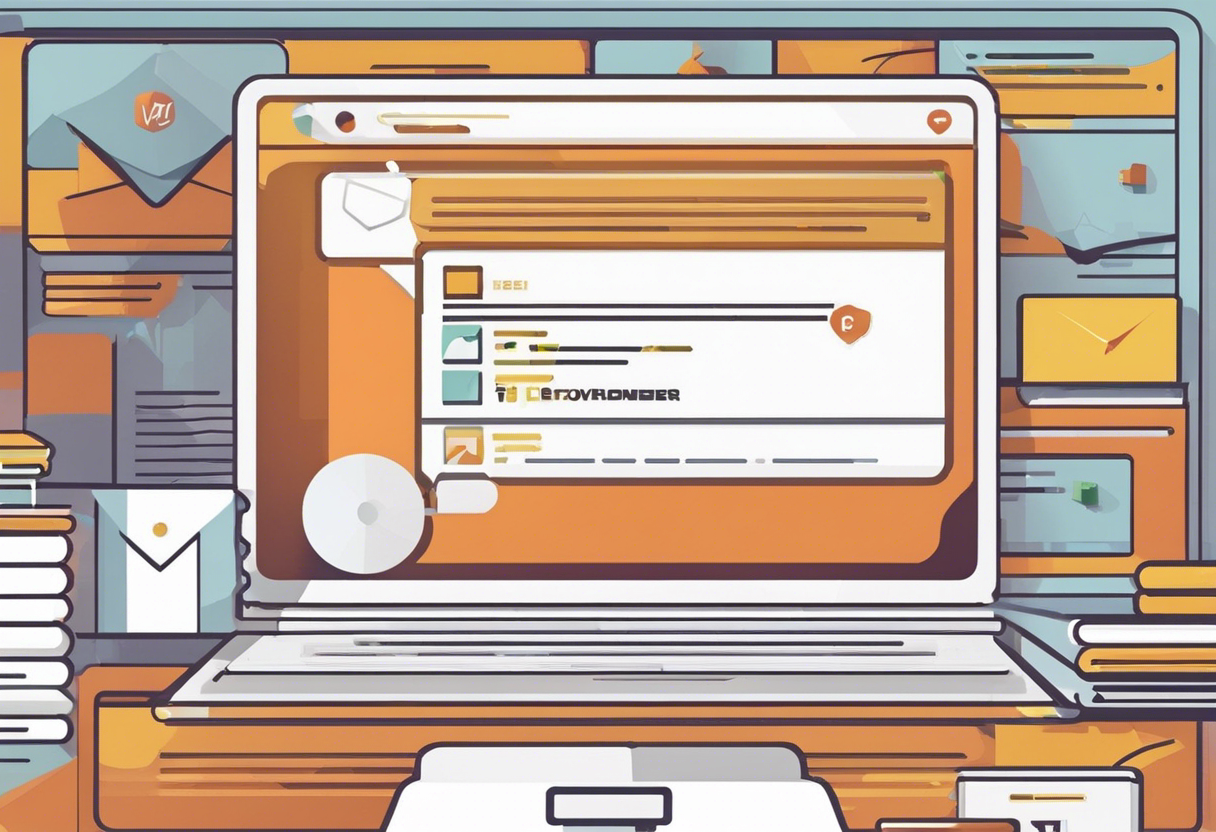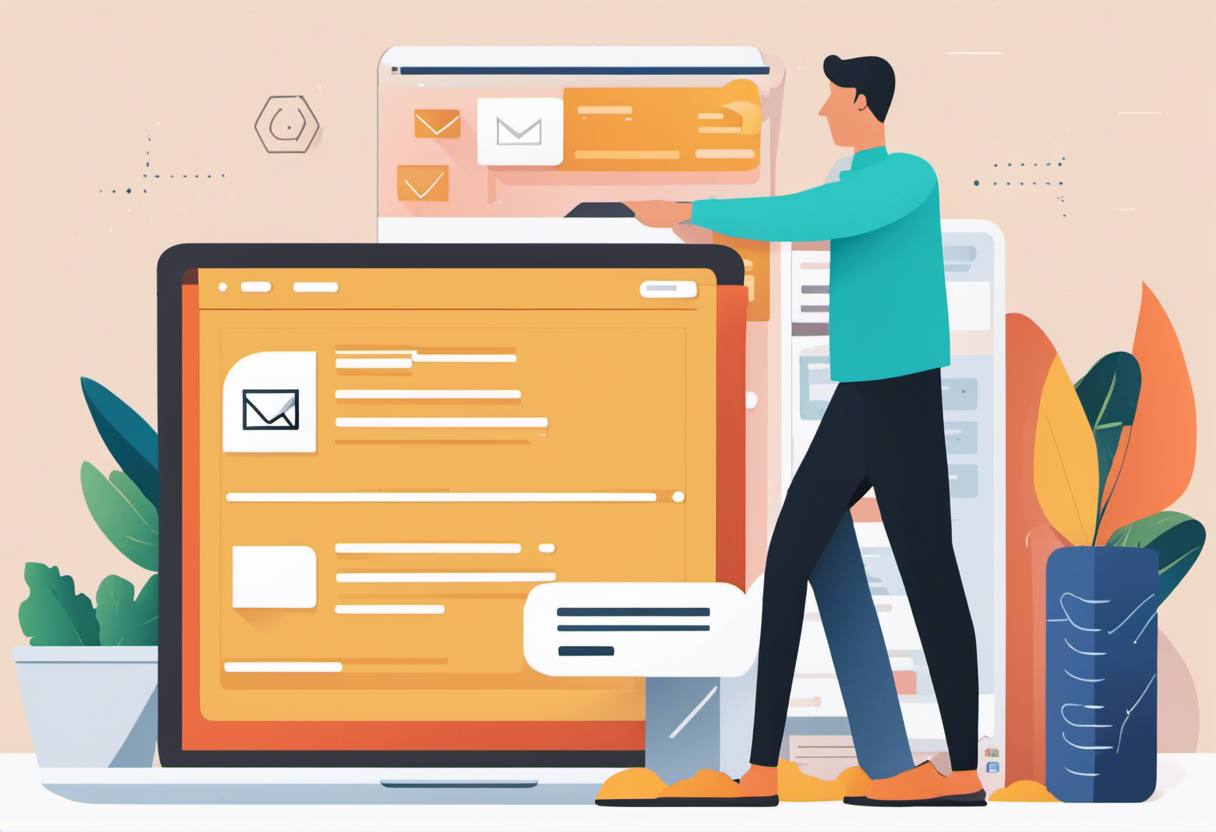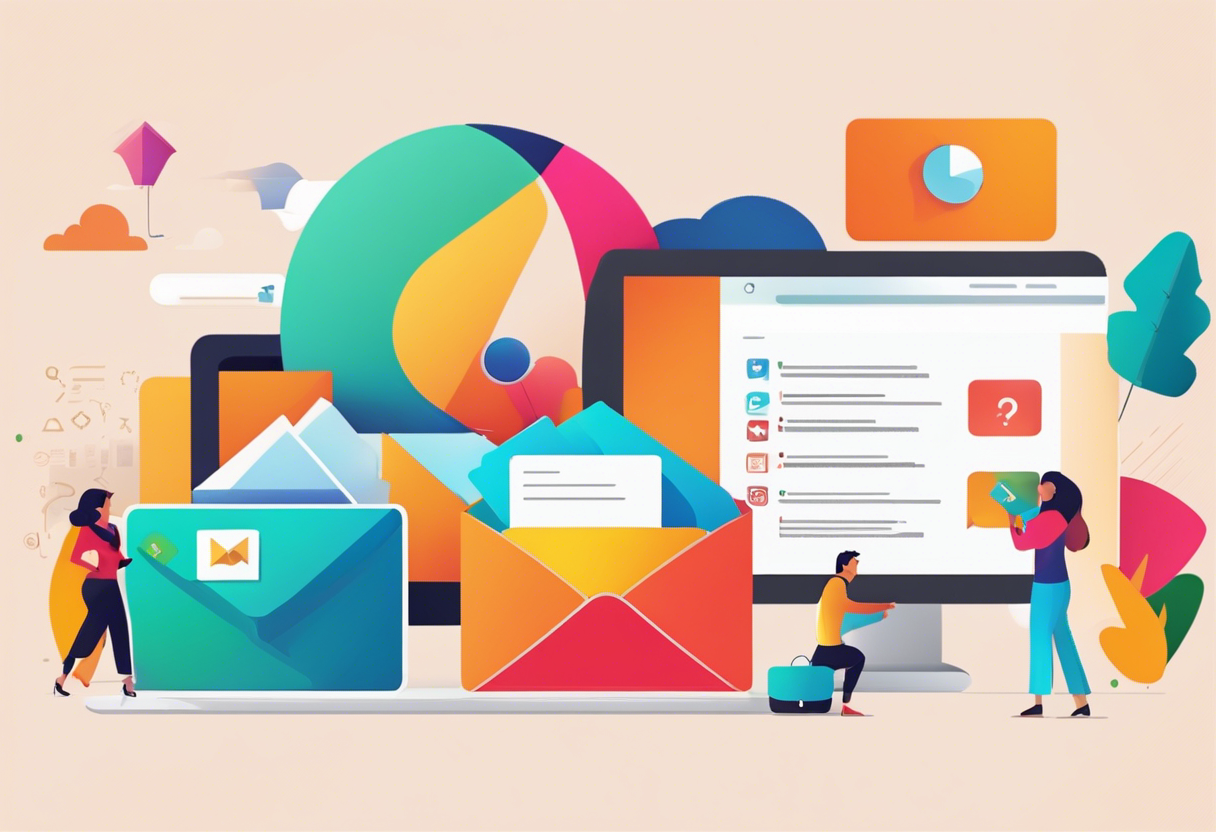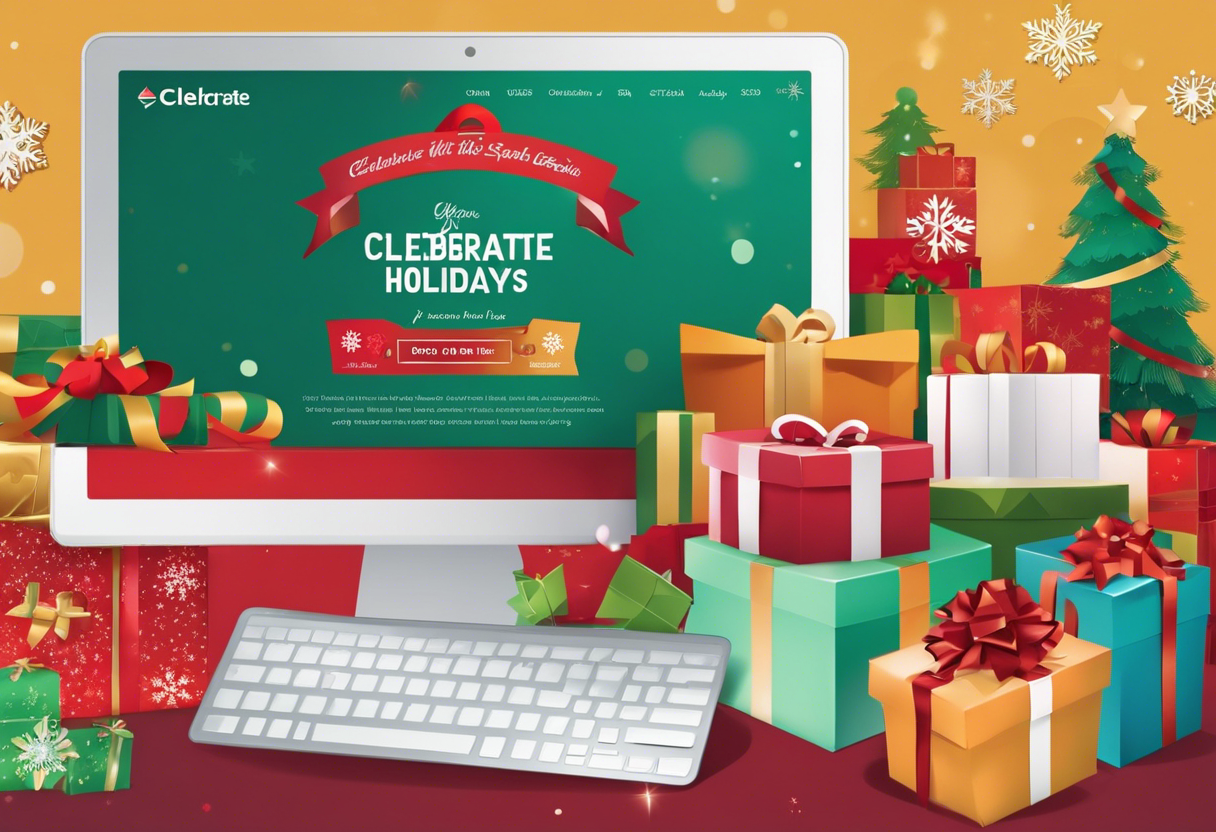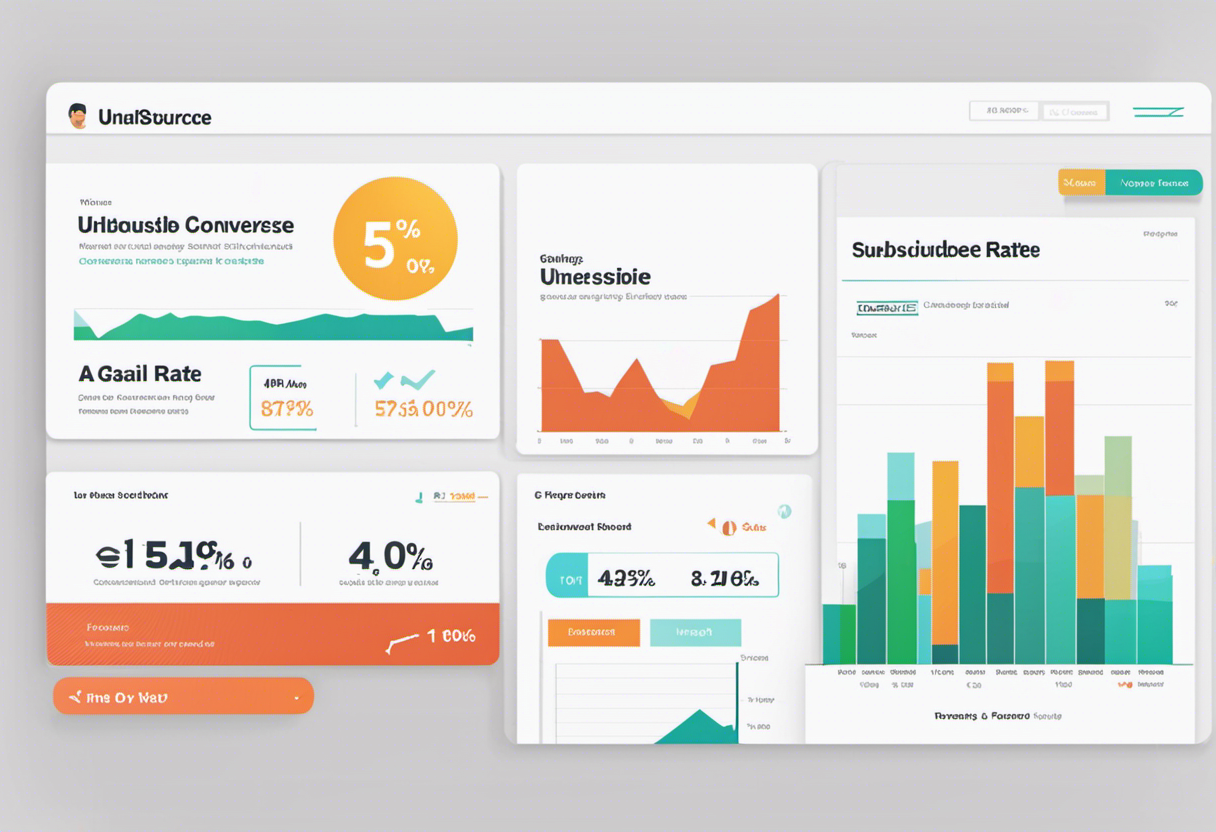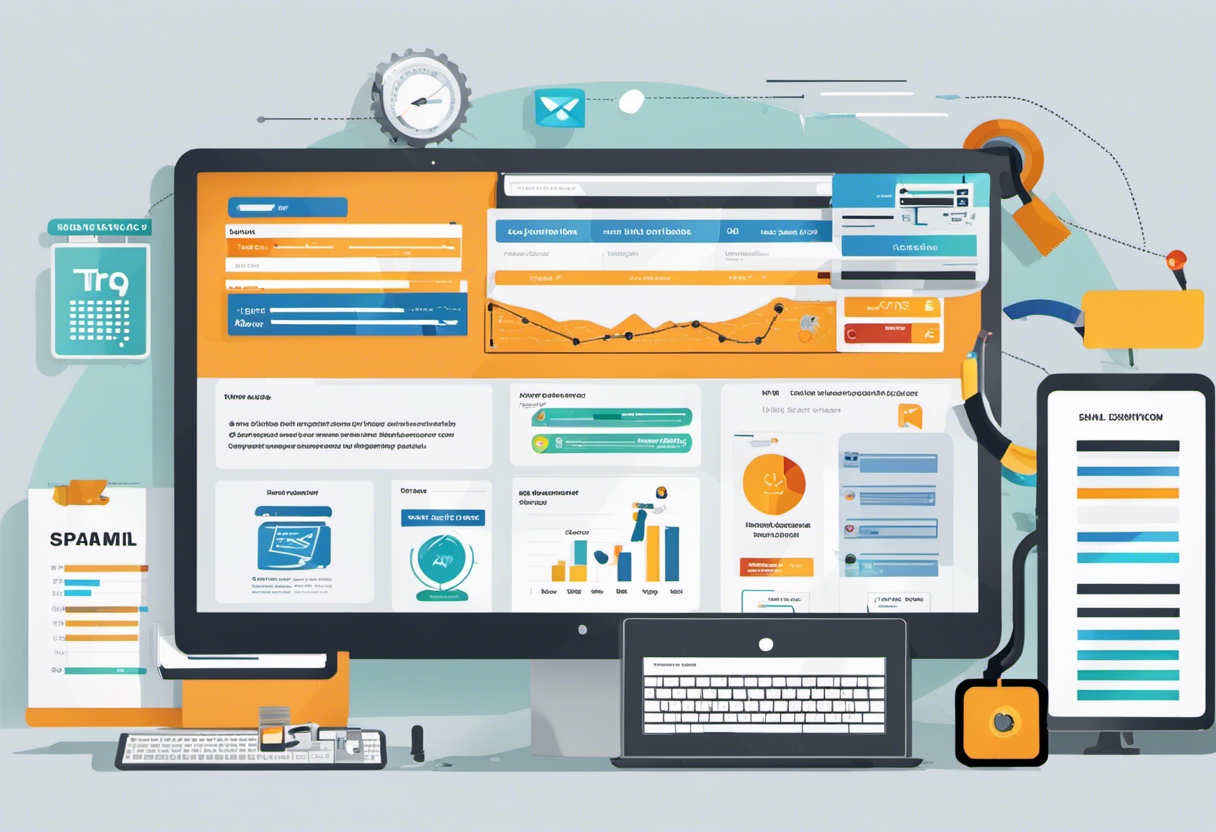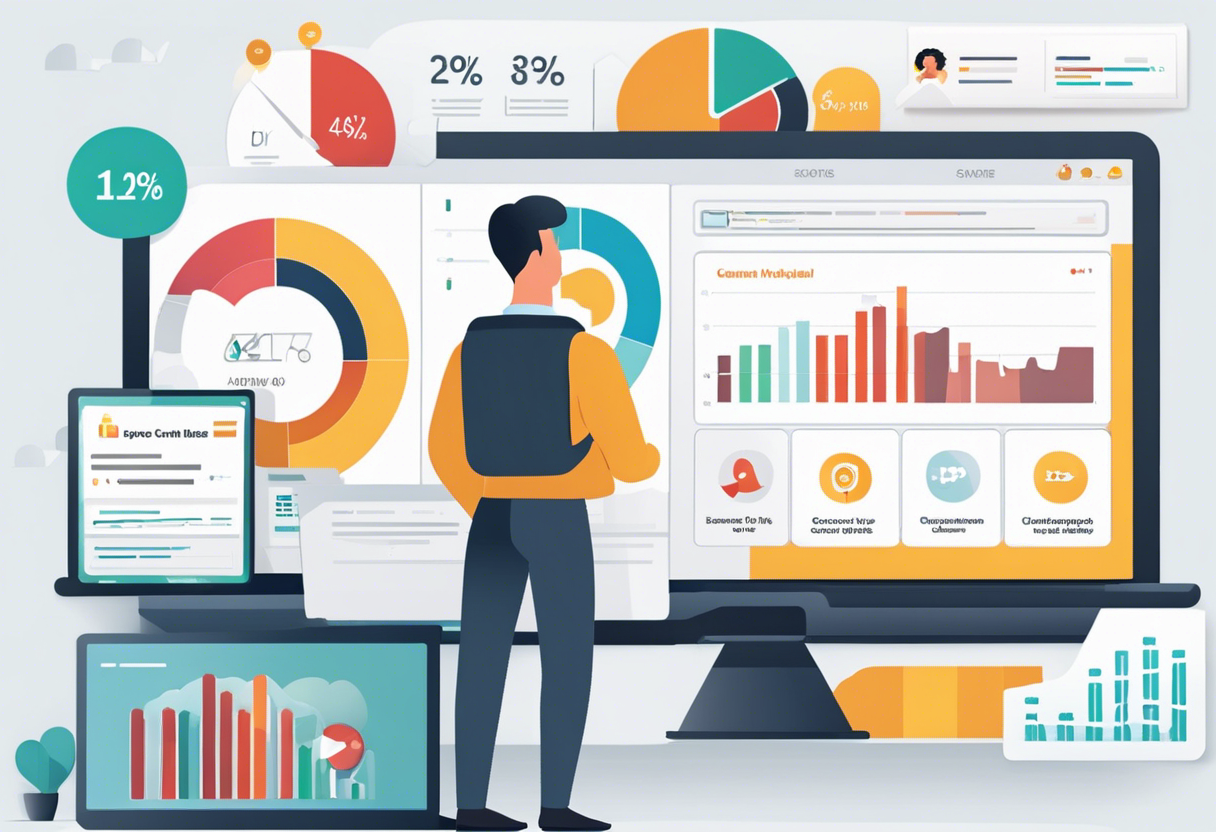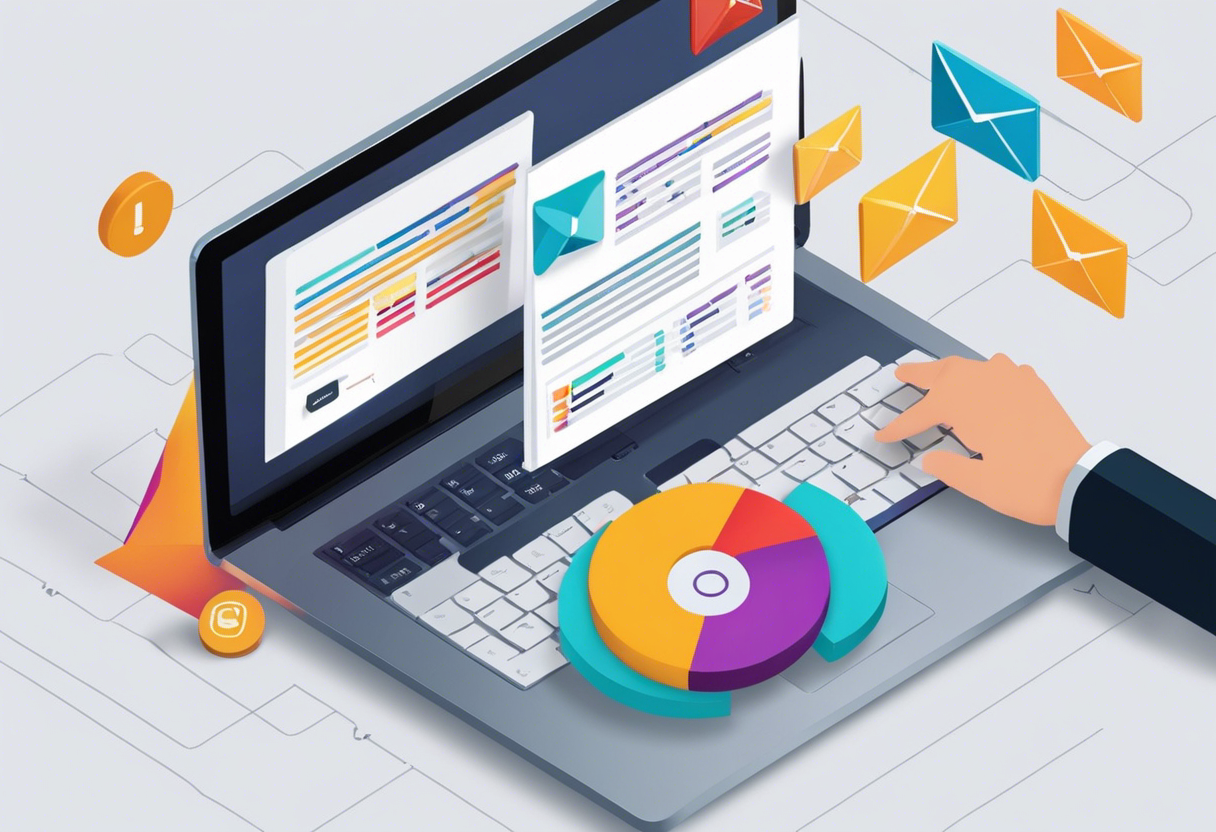
The Complete Guide to Creating a Killer B2B Email Marketing Strategy
- USpeedo
- Email Marketing
- 21 Nov, 2023
Understanding B2B Email Marketing
B2B email marketing refers to email campaigns and strategies focused on business-to-business communication, outreach, and engagement. That involves communication between businesses aiming to generate leads, nurture prospects, strengthen customer relationships, and promote products or services to other companies.
The content and messaging of B2B emails is typically much more formal, professional, and solution-oriented compared to B2C emails. The goal is to position the sender company as an industry thought leader and trustworthy partner that can offer solutions tailored to the recipient's business needs and challenges.
Email topics focus on industry trends, market insights, new technologies, and tips for improving operations, reducing costs, or gaining a competitive advantage. The emphasis is on showcasing expertise and understanding of the prospect's business landscape.
The unique benefits of B2B email marketing
-
Direct communication - Email allows brands to directly reach and build relationships with their best-fit potential customers. This level of direct access helps foster loyalty and trust.
-
Detailed product/service information sharing - Through email, brands can provide in-depth information, customized content, and helpful resources to influence and assist prospects during their buyer's journey.
-
Influencing decision-making - By nurturing prospects through valuable email interactions, brands can establish themselves as trusted advisors. This positions them to have a strong influence on prospect's final purchase decisions.
Top B2B Email Marketing Strategy Tips
An effective B2B email marketing strategy requires more than just sending out bulk messages. You need to ensure your emails are tailored, targeted, and designed to elicit the desired action from recipients. Here are some key tips for developing a top-notch B2B email marketing strategy:
Use a Filtered Email List
Many businesses make the mistake of sending emails to huge, unsegmented lists full of irrelevant contacts and outdated information. This results in low open and click-through rates, damage to sender reputation, and higher unsubscribe rates.
To avoid these issues, regularly filter your email list to remove bouncebacks, unsubscribes, and irrelevant contacts. Also ensure your list only contains permission-based, opted-in email addresses of relevant decision-makers. You want to target contacts who fit your ideal customer profile and have a genuine interest in your offerings.
Use list filtering and validation tools to clean your data on an ongoing basis. Segment your contacts based on demographics, interests, and engagement metrics. This allows you to tailor content and send more personalized emails matched to each contact's preferences. The higher the relevancy, the better the results. A focused, filtered email list ensures your messages reach engaged recipients who actually want to hear from you.
Create an Ideal Customer Profile
Defining your ideal customer allows you to craft targeted messaging that resonates with their needs and motivations.
Start by gathering demographic information on company size, industry, job titles, and other attributes of your best existing customers. Also look at behavioral data like engagement levels, content downloads, and past purchases to determine their interests and pain points.
Once you have a clear picture of your ideal customer, map out detailed buyer personas. Include information on their challenges, goals, values and any other defining characteristics. Developing robust and realistic personas rather than thinking of your audience as a faceless mass allows you to make connections and personalize your emails.
Emails that directly speak to your persona's priorities have a higher chance of capturing their attention and driving conversions. Mapping the customer journey to identify at which stages personas are more receptive to messaging is also invaluable for planning effective campaigns.
The ideal customer profile serves as an important guiding light for shaping the rest of your B2B email marketing strategy. Continuously update the profile as you gather more data over time.
Segment Your Email List
Segmentation involves dividing your email list into groups based on specific characteristics like demographics, interests, behavior, and more. The key benefits of list segmentation include:
-
More targeted messaging: Segmentation allows you to tailor your messaging and content to the specific needs and interests of each group. This results in email campaigns that resonate better with subscribers.
-
Improved open and click-through rates: Segmented emails generate higher open and click-through rates compared to non-targeted bulk emails.
-
Better conversion rates: Hyper-targeted emails convert better because they contain highly relevant offers and information.
-
Increased revenue and ROI: Segmentation boosts conversions, which directly impacts revenue and ROI from email campaigns.
-
Enhanced customer experiences: Subscribers feel valued when they receive personalized communications tailored to their needs. This strengthens customer relationships over time.
-
Deeper customer insights: Analyzing the performance of segmented email campaigns provides useful insights into customer preferences and behaviors. These learnings enable further optimization.
The bottom line is list segmentation enables B2B businesses to take a targeted approach for individual subscribers or groups. This results in the right messaging delivered to the right audience at the right time - a powerful tactic for boosting email marketing performance.
Personalized Email Marketing Campaigns
While inserting the contact's first name in the subject line or body copy is a basic start, true personalization runs deeper.
To provide relevant, customized experiences, leverage data from past interactions to tailor content to each subscriber's needs. This level of personalization boosts open rates by an average of 14% and click rates by 10%.
Some ways to make your campaigns feel more personalized include:
-
Using behavioral data to send emails based on interests, purchase history, and website activity. This allows you to recommend products/services a contact may actually want.
-
Segmenting your email list based on demographics, preferences, job titles, etc. You can then target each group with tailored messaging.
-
Making content dynamic by integrating merge tags to display customized text for each recipient.
-
Sending triggered emails based on actions like opening past emails, clicking links, or downloading content. These automated messages feel more personalized.
-
A/B testing different email content to determine what resonates best with each subscriber segment. You can then send more relevant content.
-
Collecting feedback directly within emails to improve relevancy in future communications.
The added effort to implement true personalization provides a more satisfying, engaging experience for contacts. This results in higher conversions and long-term loyalty.
Introduce Videos in Your Emails
Incorporating videos into your email marketing strategy is a dynamic way to showcase your product or service. Consider creating short, engaging videos that succinctly convey key information. Ensure that these videos are not only informative but also visually appealing. Embed clear and compelling Calls to Action (CTAs) within the videos, prompting viewers to take the next step, whether it's visiting your website, signing up for a trial, or making a purchase.
Validate Your Emails
Before sending out any email campaign, ensure that your emails are thoroughly validated. Test your emails across various email clients and devices to identify potential formatting and rendering issues. By doing so, you guarantee that your emails appear as intended and are accessible to a wide audience.
Improve Your CTAs
Calls to Action (CTAs) are pivotal elements of your email content. Optimize your CTAs by experimenting with placement, copy, and color schemes. Make sure they stand out within the email body to capture the recipient's attention.
Stick to the Point
Craft concise and focused email content that gets straight to the point. Long, verbose emails are more likely to be ignored. Keep your messaging short, relevant, and scannable. Break up content into easily digestible sections, and use compelling headlines and bullet points to enhance readability. This ensures that your audience quickly grasps the value proposition you're presenting.
Final Words
Delivering value to your subscribers is the paramount step in any email marketing campaign. B2B email marketing can be a fantastic tool for developing and maintaining relationships with your audience if you regularly offer insightful content and adjust your strategy in response to data insights. Stay on top of the always changing email marketing landscape by regularly reviewing and adjusting your approach.
